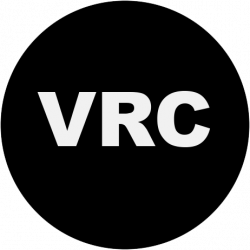The Roy Lichtenstein Foundation recently announced that it is donating nearly 200,000 items from the Harry Shunk and Shunk-Kender Archives to five international institutions. The archival materials include black-and-white prints, color prints, negatives, contact sheets, and color transparencies, and will be distributed to the Getty Research Institute, the Museum of the Modern Art, the National Gallery of Art, the Centre Pompidou, and the Tate. The Foundation’s gift marks the first time an artist’s foundation has devoted its resources to the work of other artists.
Harry Shunk (1924–2006, born in Germany) and János [Jean] Kender (1937–2009, born in Hungary) made the bulk of their images from the late 1950s to the early 1970s, documenting more than 400 artists in their studios, at openings, and during performances, making this collection an important documentary collection of the modern art and art history. Artists depicted include Roy Lichtenstein, Vito Acconci, Joseph Beuys, Alexander Calder, Eva Hesse, Jasper Johns, Bruce Nauman, Nam June Paik, Man Ray, Cy Twombly, and Andy Warhol among many others.
After Shunk died in 2006, the Foundation began acquiring the archive by purchase between 2008 and 2012. After acquiring the images, the Foundation “preserved, cataloged, and digitized the images” and made them available in an online collection on their website. You can view the archive’s list of artists to view PDFs of thumbnails that depict that specific artist. For information about using the images in scholarly publications, contact Shunk-Copyright@lichtensteinfoundation.org.
For more information or to check out the collection, visit the Roy Lichtenstein Foundation Photography Archives.
Via ArtDaily.

